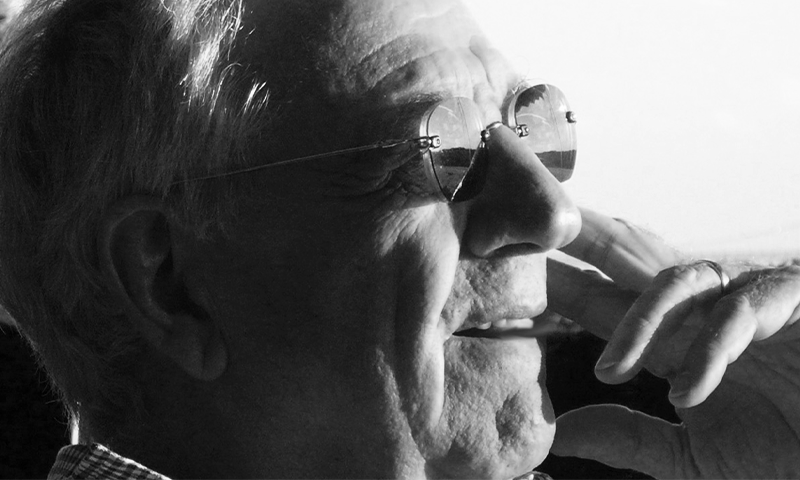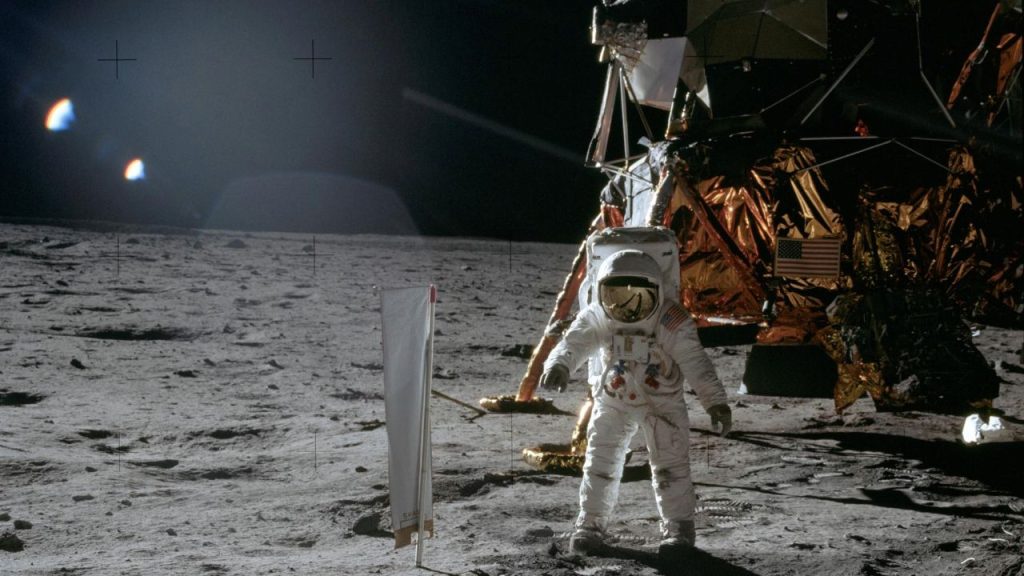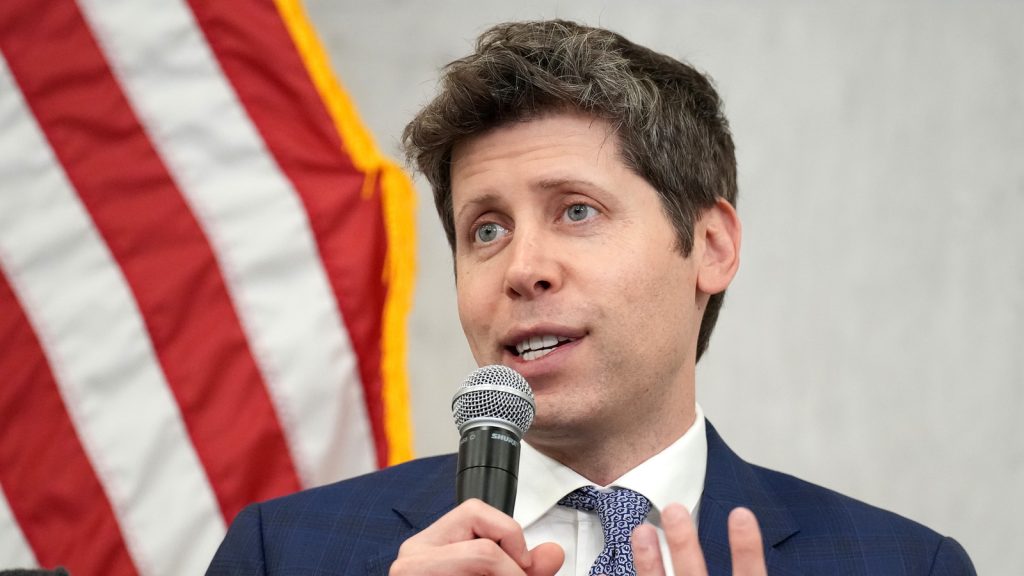Now Reading: Reflecting on My Late Father Through Science and Memory
-
01
Reflecting on My Late Father Through Science and Memory
Reflecting on My Late Father Through Science and Memory

Swift Summary
- The article narrates the author’s visit too the mayo Clinic’s brain bank in Florida, where her late father’s donated brain is stored for research.
- Christopher Lehmann-Haupt was a renowned New York Times book critic and author who shaped literary culture for decades.
- He volunteered for an aging brain study and agreed to donate his brain for research on neurodegenerative diseases like Alzheimer’s.
- Autopsy findings revealed that while his uncontaminated brain was free from dementia,strokes had destroyed language centers,causing Broca’s aphasia-a condition limiting speech despite understanding words.
- Polymer granules from catheter treatment during stroke intervention were found in the autopsy report and might have worsened subsequent damage through “foreign material”-related lesions.
- The donated healthy tissue serves as a control model in neuroscience research; thus, continuing Christopher’s legacy of contributing to collective knowledge.
Indian Opinion Analysis
The article exemplifies how individual choices in life-and death-can contribute considerably to scientific progress. Chris Lehmann-Haupt’s decision to donate his brain offers researchers valuable insights into age-related neurological health.such personal contributions highlight the importance of longitudinal research and diverse donor pools globally. For India, this story underscores potential improvements needed within domestic healthcare systems-particularly community awareness around organ/tissue donations and openness in post-mortem medical interaction.Pursuing wider participation could elevate india’s stakes as both recipient (via improved precision medicine) & primary research hub pushing cerebral horizons amidst concerns involving infrastructure gaps.
Read More: https://nautil.us/my-visit-with-my-dead-fathers-brain-1207680/




























